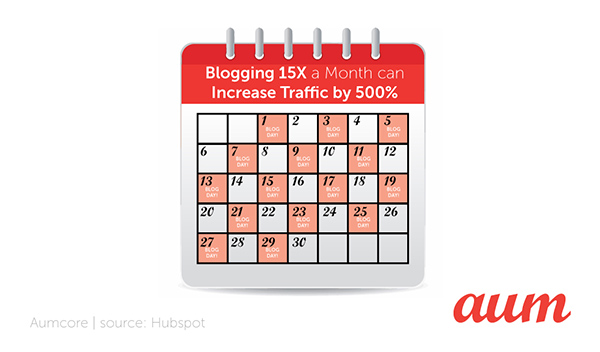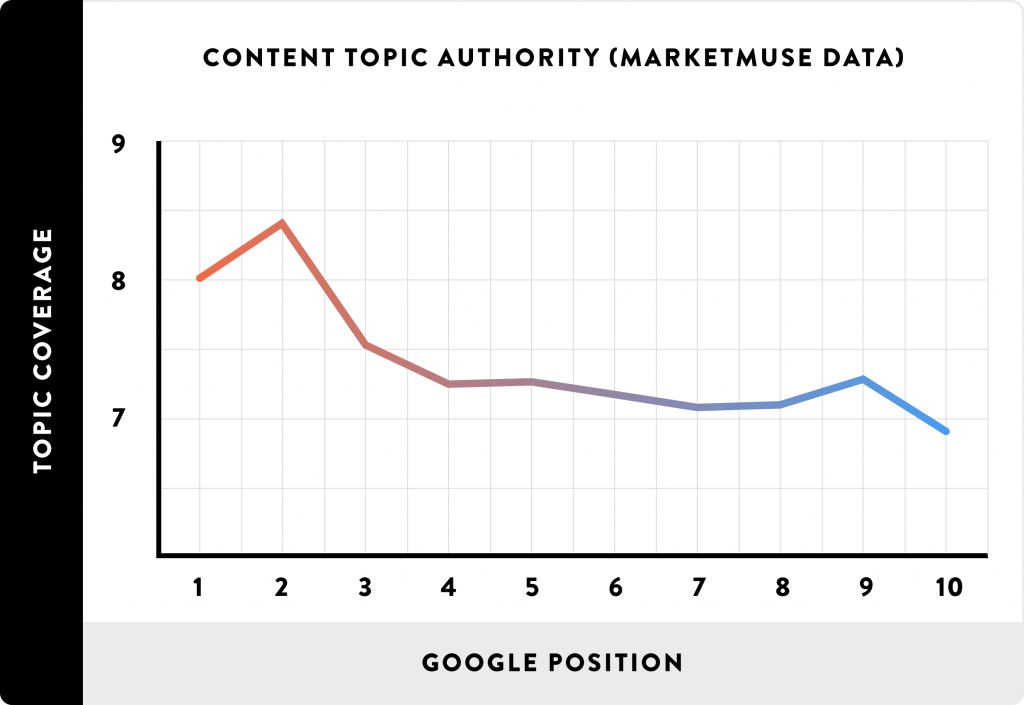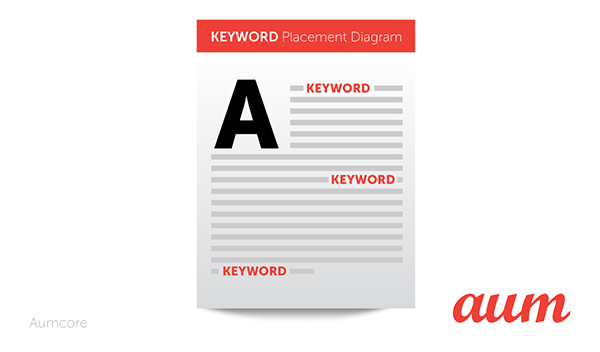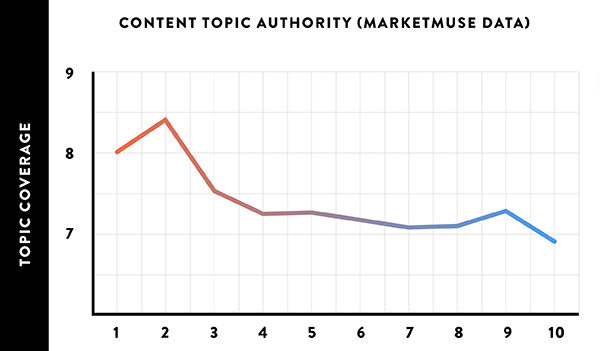Search engine optimization (SEO) has become a pop word in the world of digital marketing –involving several pieces for a successful campaign. And while a fully-loaded campaign requires a great deal of expertise. However you can get a head start is by optimizing your content for increased SEO. Whether you’ve enlisted in our full-scale 360° SEO campaign or you’d just like to prep your content in order to start gaining targeted traction to your site.
Below I’m going to suggest you 5 content writing tips to boost your site traffic:
#1: WRITE OFTEN
Mark it on your calendar people. Posting regular, relevant content can help establish you as a leader in topics related to your business. Assuming the quality of your posts doesn’t diminish with quantity, SEO experts often recommend 10 to 15 blog posts per month. And before you go making excuses on why that goal is unreachable, consider the reward.
According to a study done by Hubspot, companies blogging 15 or more times per month get 5X the amount of traffic than companies not blogging at all. (Interested now?) It may seem like a big commitment, but the results cannot be denied. This is especially true for small business of 1-10 employees. If you’re planning to boost your SEO this year, invest in a good copywriter that is able to manage a high frequency of rich, quality posts or contract out to professionals to handle your creative content.
“…an average company will see a 45% growth in traffic when increasing total blog articles from 11-20 to 21-50 articles. And for all you B2C companies out there, keep in mind that B2C companies see a 59% increase in traffic after growing total blog articles from 100 to 200 total.” – Hubspot

#2: BE AN AUTHORITY
You can’t be an expert in everything, but if you’re in business, you’re likely a total boss at some things. For people to view you as a resource or expert in a given area – you need to have a firm grip on what that identity is. Determine your top 5 business offerings and expertise – and stick with them. Once you have these areas narrowed down, you’ll be able to focus on each of those (say a few times a month) which will start having a deeper impact in that targeted audience you’re trying to reach.
According to a recent study by backlinko, content rated as “topically relevant” significantly outperforms content which does not have a singular focus. Finding a focus and giving your readers significant new knowledge regarding that matter is critical, so your topic coverage should be thorough and contain fresh insights your readers likely haven’t come across before.

And while it would be great if you could write on those topics off the brute strength of your developed intelligence – include outside sources. Reliable ones. People will take what you say with a grain of salt if it’s obvious you haven’t done your research before stating something to be a fact.
If you’re not sure how to properly cite or credit a source, you can brush up on your skills with this helpful article by Hubspot.
#3: WRITE FOR PEOPLE
Content should be written for people – not crawlers. It seems the most obvious of SEO tips, but getting caught up in creating content that will get picked up by search engine crawlers can get the best of even the best content writers. While optimizing from a technical standpoint is a must (more on that below), the fact is people aren’t interesting in reading the same keyword every 4 sentences, and it certainly doesn’t keep them engaged enough that they’ll be willing to share your content.
The more readers, the better reach you’ll receive. Write compelling stories and articles that help, inform, and entertain your target audience.
#4: USE KEYWORD PLACEMENT
Ok now let’s discuss the technical side. Once you’ve written a blog or article that is sure to delight your readers, it’s time to show the crawlers exactly what there is to like within your content. Proper keyword placement is important. Ideal placement for primary keywords (which should be your most central word or phrase) is at the post title, beginning, middle, and end of your copy. Try to space them as evenly as possible, without being too robotic.
Other places to include your primary keywords include supporting image file names. and the heading #1 section of your copy.

Bear in mind that Google is smart. With the algorithm update “Hummingbird” drastically changing the way we look at keywords and SEO in 2016, it’s important to note that Google no longer strictly prioritizes keywords. It also understands topics, phrases, and even synonyms. Utilize these throughout your copy to not only avoid sounding redundant, but also as another method to show Google you’re not messing around, and that you are indeed an authority of the topic at hand.
Scatter your secondary keywords (supporting words or phrases) and synonyms throughout the copy in a way that writing not only seems natural – but is natural.
#5: WRITE LONG
Make yourself an extra large coffee ladies and gentleman, and prepare to be in your seat for a while. The top ranking Google search results have an average of 1,890 words. And while it’s not necessary that all of your articles and blog posts be that long, you should strive for a minimum of 600 words. According to a study by blacklinko (researching 1 million results), there is a direct correlation between word count and Google rating seen in their diagram below.

Do not fill your copy with unnecessary text (after all, we are in the era of skimming) you’ll loose the captivation of your audience. Do however, write complete thoughts and details regarding the areas of greatest interest to your readers, which they will be able to walk away with new found knowledge.
To break up your copy, include images, bullet points, and focal points that not only make your copy more interesting and visually stimulating – but also provide crawlers with a sense of most relevant information in your copy.
The takeaway – for optimized SEO content, write often, write fresh and informative content, write emotionally (remember your readers are people!), use proper keyword placement, and don’t be afraid of full-bodied copy.
Have some additional SEO tips for copywriting? Let us know. We want to know how you keep your content at the top of Google’s radar. SEO can be super complex, but getting your copy in line can give you a great head start to digital presence. Read up on some of our success stories here. If you want some additional insights into other contributing SEO factors, be sure to check out our post Focus on These Search Engine Ranking Factors in 2016 for some critical changes to SEO in 2016, and how you can master higher ranking for your website.
Update: Want to learn more about our process? We believe in a holistic approach to SEO success. The lifestyle of #HealthySEO™ that delivers sustainable results. Learn more about our innovative approach here.





Tell us your thoughts in the comments